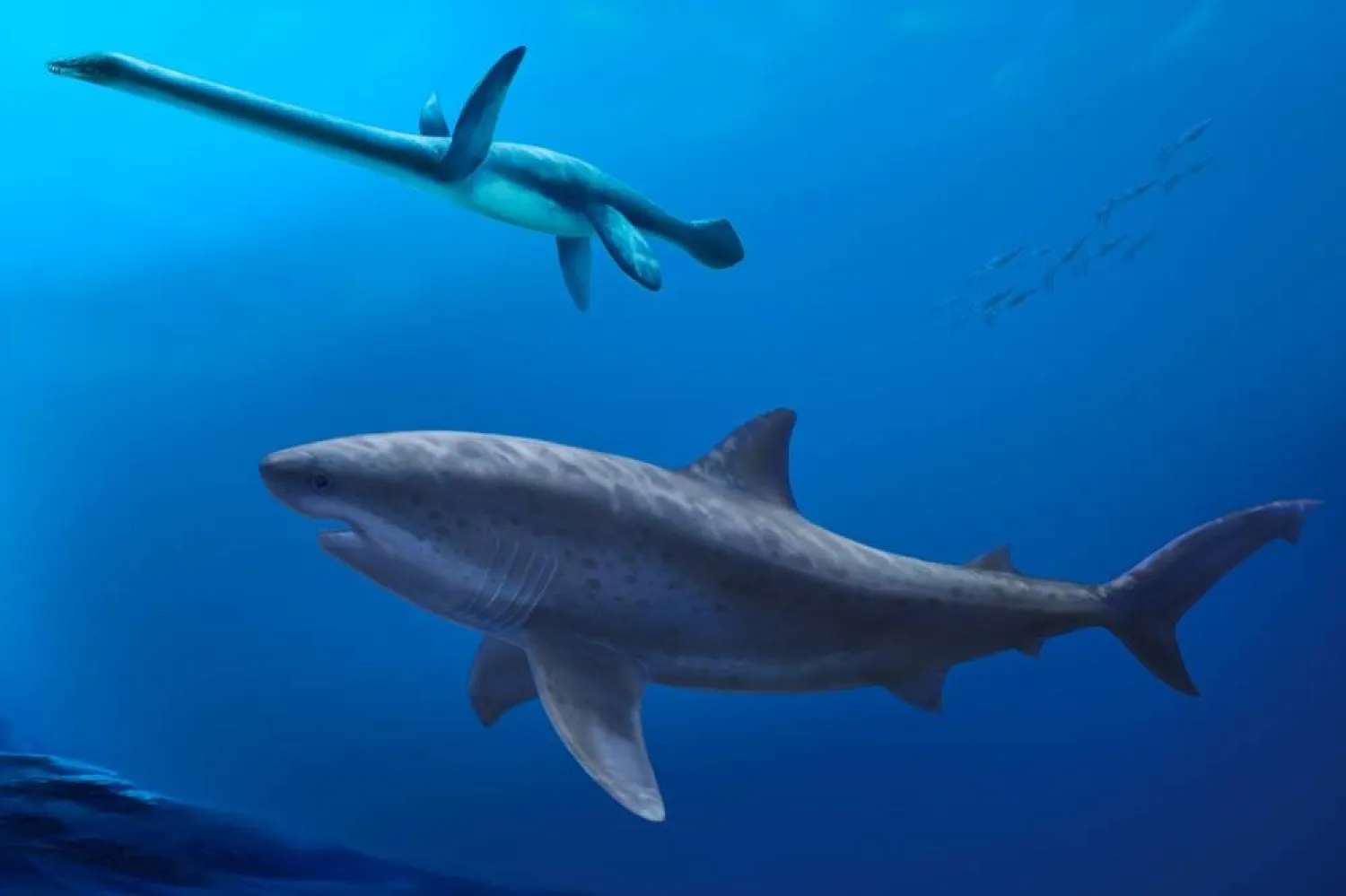Cats have a reputation for being independent and even aloof, so it is no surprise that their facial expressions are difficult to read. Perhaps more unexpected are findings indicating that very few people can decode the emotions in feline facial expressions and that this ability has little to do with cat ownership.
During the study, a research team at the University of Guelph, Canada, recruited 6,329 people from 85 countries and asked them to watch 20 YouTube videos of cats.
The videos depicted cats in either a negative or a positive emotional state. In the negative videos, for example, the felines were showing signs of avoidance by withdrawing from an object or person or fleeing to a hiding spot. In some, they were struggling against physical restraint or being denied opportunities like going outdoors. The cats in these videos also had health problems, such as malaise or physical pain.
In the positive videos, the felines had sought out favorite spots or interaction with people, such as being petted. None of the videos depicted obvious facial expressions, such as open mouths or flattened ears, although all the videos focused on the cats' eyes, muzzles and mouths.
Most participants performed poorly at the facial recognition tests, with the average score being barely above the chance average, 11.85 points out of 20. However, 13% of participants were individually significantly successful scoring more than 15 points out of 20.
Surprisingly, personal contact with cats (e.g., pet-owning) had little effect on the results, as few of the people who scored high were cat owners.
These people were more likely to be women than men, and more likely to be veterinarians or vet technicians. Younger adults also generally scored better than older adults.
In a report published Saturday by the Medical News Today website, study lead author Prof. Georgia Mason said: "The fact that women generally scored better than men is consistent with previous research that has shown that women appear to be better at decoding nonverbal displays of emotion, both in humans and dogs."
"The ability to read animals' facial expressions is critical to welfare assessment. Our finding that some people are outstanding at reading these subtle clues suggests it's a skill that more people can be trained to do," she added.









